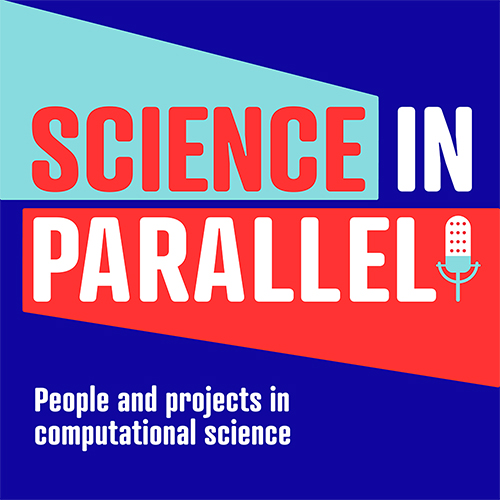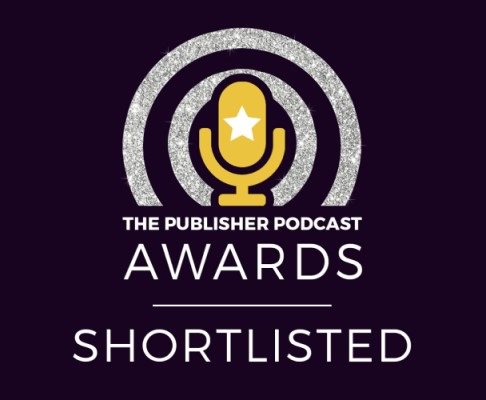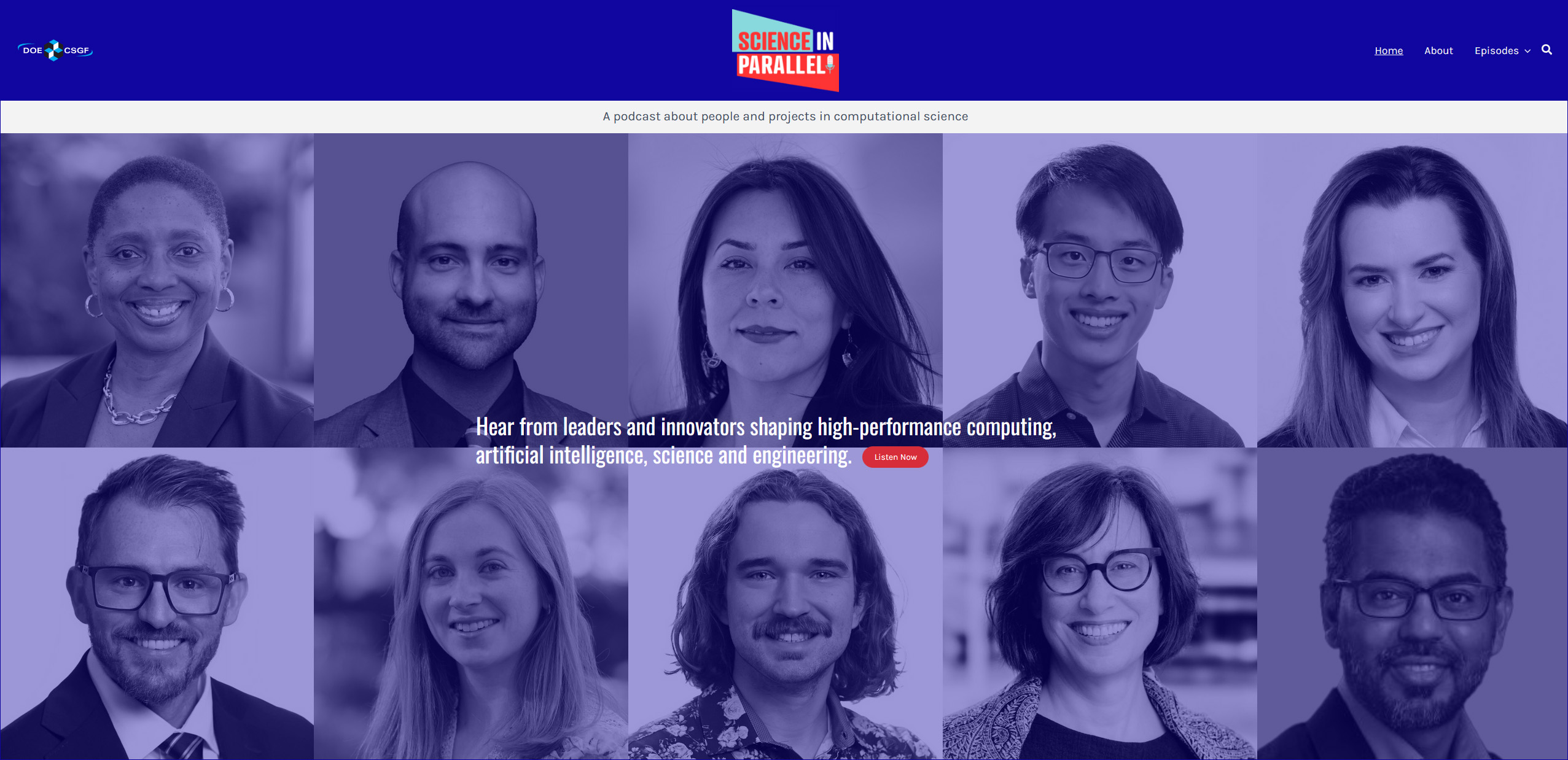A Computational Science Podcast


Science in Parallel profiles the people of computational science and their interdisciplinary research to solve energy challenges, discover new materials, model medicines and more — using high-performance computing (HPC) and artificial intelligence.
A DOE CSGF media outreach project, Science in Parallel has been shortlisted multiple times for the Publisher Podcast Awards for Best Science & Medical and Best Technology Podcast. Follow us on your favorite listening platform; episodes and show notes are available on the podcast website.

